Academic Publications

Intervention development study of the five-key model for reentry: An evidence-driven prisoner reentry intervention
Published:
| Author: Carrie Pettus-Davis, Tanya Renn, Christopher Veeh, Jacob Eikenberry
Over the past decade and a half, substantial resources were poured into the development of prisoner reentry programs. However, the excitement that surrounded the initial rollout of reentry programs has begun to wane from a lack of substantive change to the number of individuals who return to prison. Therefore, this article details the development of an intervention that can provide a new path forward for prisoner reentry programs.
Category: 5-Key Model for Reentry, Well-Being

Pathways to Recidivism for women released from prison:A Mediated model
Published:
| Author: Stephen Tripodi, Carrie Pettus-Davis, Kimberly Bender, Michael Fitzgerald, Tanya Renn, Stephanie Kennedy
Findings showed no direct relationship between childhood trauma and reincarceration for women in the sample, although there was a significant mediated relationship from childhood trauma to depression to reincarceration. Results suggest the importance of addressing incarcerated women’s trauma before release, assessing for depression, and using empirically-supported interventions to treat depression when applicable.
Category: Incarcerated Women, Reentry
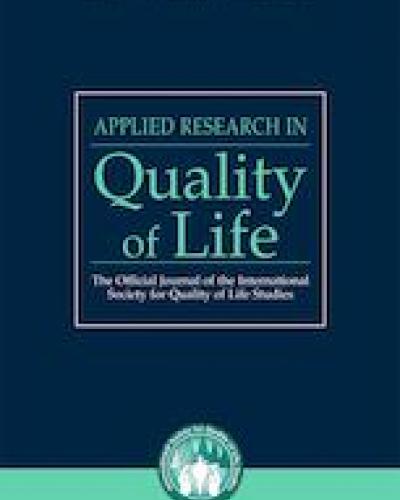
The Quality of Life Perception Gap in Prison Health Care Settings
Published:
| Author: Stephanie Prost, Stephen Tripodi, Jeffrey Lacasse
Peer caregivers are specially-trained incarcerated persons who support the needs of patients in correctional health care settings. Their role is of particular importance in light of the growing population of older adult prisoners with complex health problems in U.S. prisons. The purpose of the current study was to examine the disparity between patient and peer caregiver ratings of patient quality of life in a sample of correctional health dyads (n = 52) in a state prison system.
Category: Well-Being
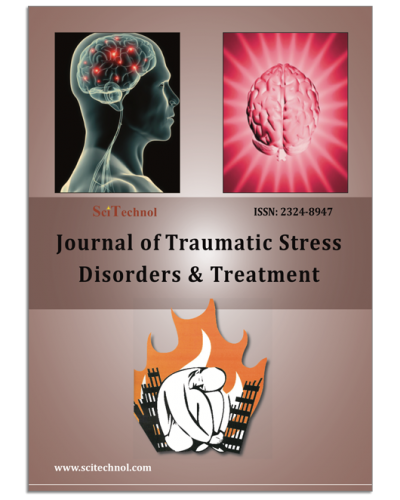
What Trauma Looks Like for Incarcerated Men: A Study of Men’s Lifetime Trauma Exposure in Two State Prisons
Published:
| Author: Maria Morrison, Carrie Pettus-Davis, Tanya Renn, Christopher Veeh, Christopher Weatherly
While it is understood that high rates of trauma exposure are common among incarcerated male populations, there is limited data on the nature of the trauma exposure. This study examined the trauma histories of a randomly selected sample of 67 men incarcerated in the Missouri Department of Corrections. The analyses revealed several patterns among study participants, including near universal trauma exposure in adolescence with the most frequent exposures involving witnessing or being proximate to violent deaths of family and friends.
Category: Trauma

The Intersectional Effects of Race and Gender on Time to Reincarceration
Published:
| Author: Katie Ropes Berry, Stephanie Kennedy, Margaret Lloyd, Christopher Veeh, Stephen Tripodi
People of color are overly incarcerated and reincarcerated after release. In an 8-year analysis of more than 21,000 individuals leaving state prisons, Black men were incarcerated more often and more quickly when compared to all other groups. However, with two exceptions (age at intake and marital status), Black men had lower risk scores on most variables when compared to other members of the sample. The interactions found were a potent predictor of time to reincarceration, even when controlling for a range of identified risk factors.
Category: Reentry, Recidivism, Racial and Gender BIas
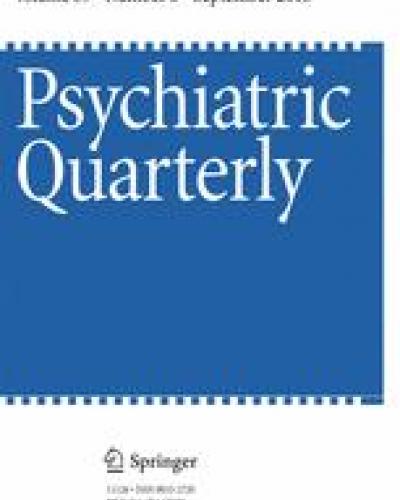
The Relationship Between Severe Mental Disorders and Recidivism in a Sample of Women Released from Prison.
Published:
| Author: Erin A. King, Stephen Tripodi, Christopher Veeh
Women are one of the fastest growing sectors of the prison population, and have different pathways into prison and differing needs during the reentry process when compared to men. Women report higher levels of mental health problems overall, and report more severe symptomatology. The current study focuses on the role of severe mental disorders (SMDs) for 2,311 women released from prison and how SMDs relate to recidivism. Women diagnosed with SMDs were 16% more likely to have recidivated at eight years post-release compared with women who were not diagnosed with an SMD (p < .05).
Category: Reentry, Recidivism, Mental Health, Incarcerated Women

Proposing a population-specific intervention approach to treat trauma among men during and after incarceration.
Published:
| Author: Carrie Pettus-Davis, Tanya Renn, Jeffrey Lacasse, Robert Motley
A significant treatment gap exists for incarcerated men with lifetime traumatic experiences. A small research base for trauma interventions for incarcerated women is emerging, but incarcerated men have largely been ignored. Men comprise 90% of the incarcerated population and are at the greatest risk to be rearrested for a new crime after release.
Category: Trauma, In-Prison Intervention, Reentry

The Relationship Between Interpersonal Victimization and Women’s Criminal Sentencing: A Latent Class Analysis
Published:
| Author: Stephanie Kennedy, Annelise M. Mennicke, Megan Feely, Stephen Tripodi
Latent class analysis was used to identify subgroups of incarcerated women differentiated by experiences of child abuse and intimate partner violence victimization. Four classes were extracted—Low Victimization, Child Abuse, Lifetime Physical and Psychological Abuse, and Lifetime Sexual Abuse; classes were then related to current sentence length, holding criminological predictors constant. Women in the Child Abuse and Lifetime Sexual Abuse classes had significantly longer sentences, despite the lack of significant between-class differences on criminological predictors.
Category: Incarcerated Women, Trauma, Sentencing

Promoting Reentry Well-Being: A Novel Assessment Tool for Individualized Service Assignment in Prisoner Reentry Programs
Published:
| Author: Christopher Veeh, Tanya Renn, Carrie Pettus-Davis
The Reentry Well-Being Assessment Tool (RWAT) is an innovative practice tool to systematically guide individualized assignment into reentry program services based on a participant’s changing needs during the transition from prison to the community. Clearly defined treatment targets that promote an individual’s well-being are paired with a comprehensive set of assessments within the RWAT to measure progress throughout a prisoner reentry program.
Category: Reentry, Well-Being

Incarcerated Women’s Experiences and Perceptions of Participating in Research
Published:
| Author: Lisa Schelbe, Amanda Hardwick, Ashley N. Wilfong, Cynthia E. Hanifin, Stephen Tripodi, Carrie Pettus-Davis
The research process within prisons has largely considered researchers’ perspectives. Only one known study explicitly examined incarcerated persons’ perceptions and no known studies have explored incarcerated persons’ experiences with research on sensitive topics. This study examines incarcerated women’s experiences with participating in research on victimization. A thematic analysis was conducted on responses to open-ended questions about participating in a research study from 227 women in two prisons who participated in a study about victimization.
Category: Incarcerated Women, Trauma
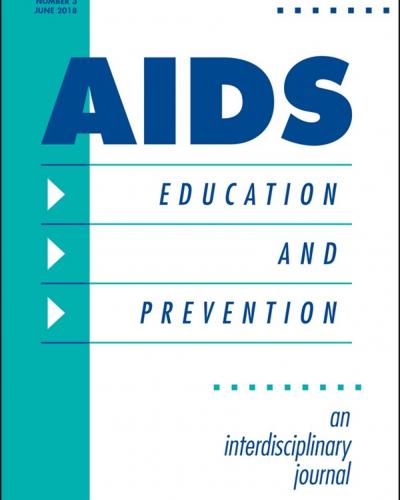
Correlates of HIV Risks Among Women on Probation and Parole.
Published:
| Author: Malitta Engstrom, Katherine M. Winham, Seana Golder, George E. Higgins, Tanya Renn, TK Logan
This article examines HIV risks among a sample of 406 women on probation and parole with lifetime histories of victimization who were recruited from an urban community in the southern U.S. Guided by the Comprehensive Health Seeking and Coping Paradigm, we analyze the significance of sociodemographic characteristics, substance use, posttraumatic stress disorder, and social support in relationship to three sexual risks and one drug use risk using multivariable regression.
Category: HIV/AIDS
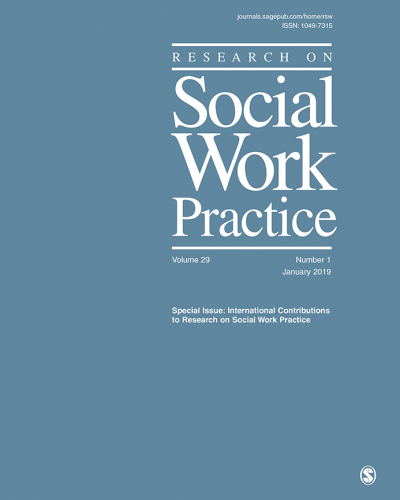
Evaluating Seeking Safety for Women in Prison: A Randomized Controlled Trial
Published:
| Author: Stephen Tripodi, Annelise M. Mennicke, Susan McCarter, Katie Ropes Berry
This study assessed the effectiveness of Seeking Safety on depression and post-traumatic stress disorder (PTSD) with incarcerated women.
Category: Incarcerated Women

Gender differences in experiences of social support among men and women releasing from prison
Published:
| Author: Carrie Pettus-Davis, Christopher Veeh, Maxine Davis, Stephen Tripodi
Positive social support is critically important to postprison well-being outcomes. However, researchers and program developers are still trying to understand how to best promote stable and sustainable social support for formerly incarcerated individuals during reentry to the community. We sought to add to the body of knowledge on social support and prisoner reentry by comparing men and women releasing from prison on the quality (e.g., positive or negative) and amount of informal social support.
Category: Reentry, Incarcerated Women, Gender Differences
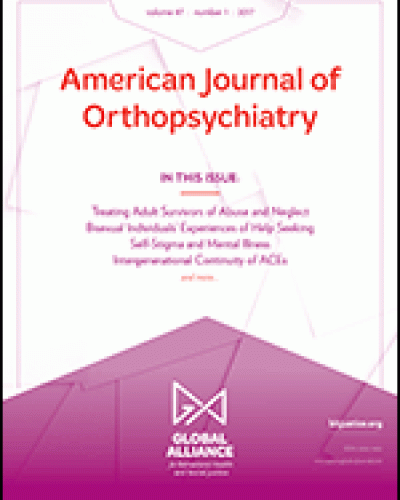
Childhood Victimization, Attachment, Psychological Distress, and Substance Use Among Women on Probation and Parole
Published:
| Author: Katherine M. Winham, Malitta Engstrom, Seana Golder, Tanya Renn, George E. Higgins, and TK Logan
The present analysis was guided by a gendered pathways-based theoretical model and examined relationships between childhood victimization and current attachment, psychological distress and substance use among 406 women with histories of victimization who were on probation and parole in an urban Kentucky county. Structural equation modeling examined relationships among childhood victimization, attachment, psychological distress, and substance use.
Category: Incarcerated Women, Reentry, Trauma, Probation and Parole
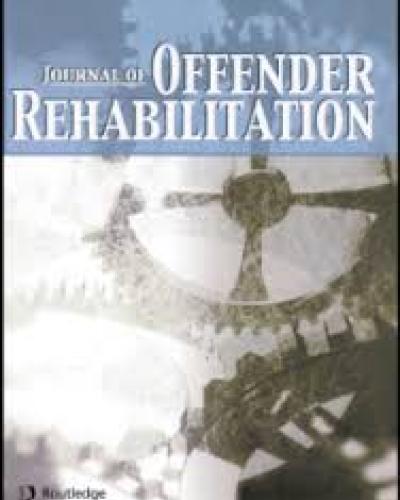
Assessing Attitude and Reincarceration Outcomes Associated With In-Prison Domestic Violence Treatment Program Completion
Published:
| Author: Annelise M. Mennicke, Stephen Tripodi, Christopher Veeh, Dina Wilke, Stephanie Kennedy
Studies indicate that as many as 30%–56% of incarcerated men have perpetrated domestic violence, and that factors related to domestic violence perpetration are associated with long-term recidivism after release. The current study evaluates the effectiveness of an in-prison domestic violence treatment program called STOP and Change Direction to increase positive attitudes toward women, decrease levels of criminal thinking, and reduce general recidivism rates for program completers.

